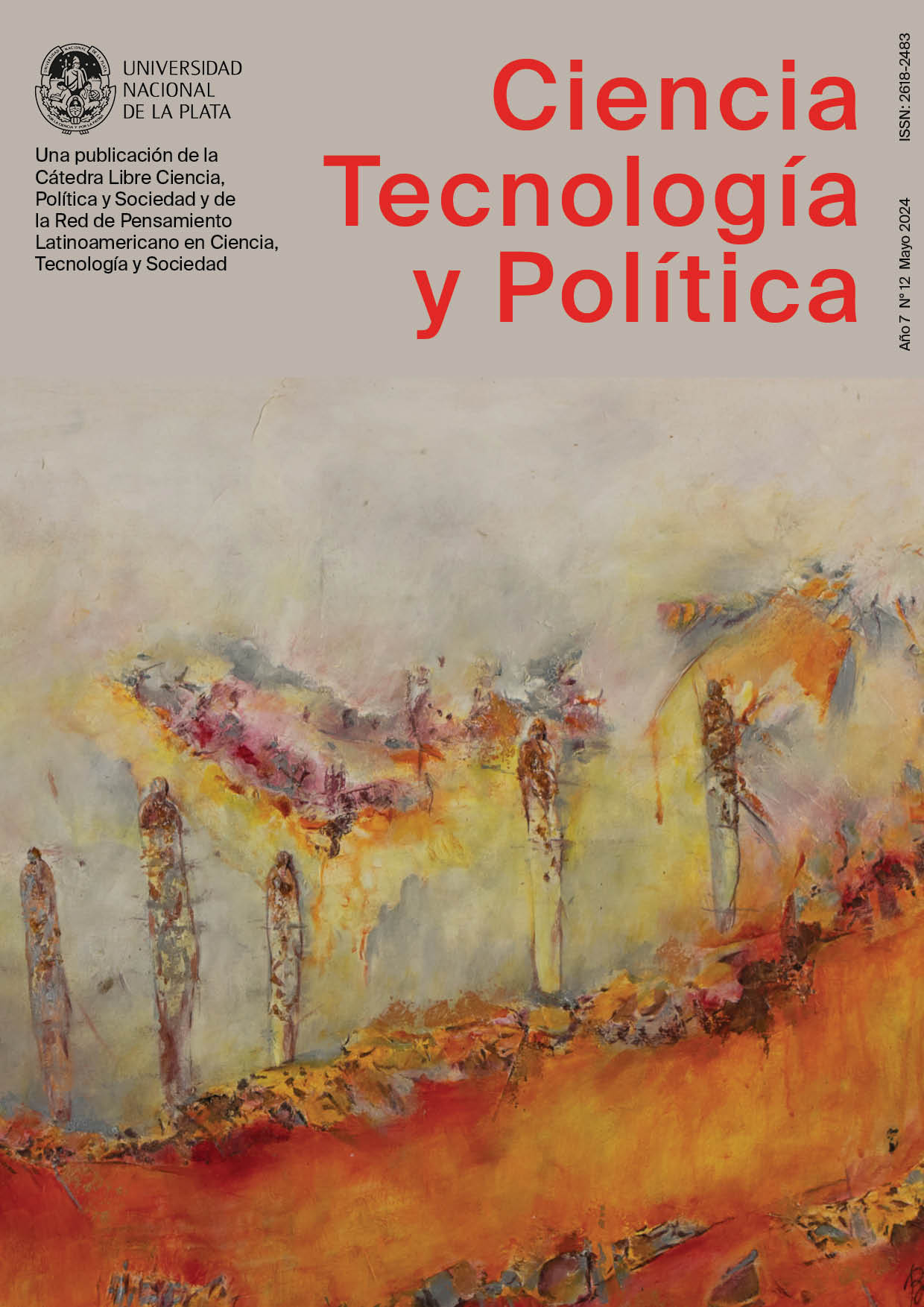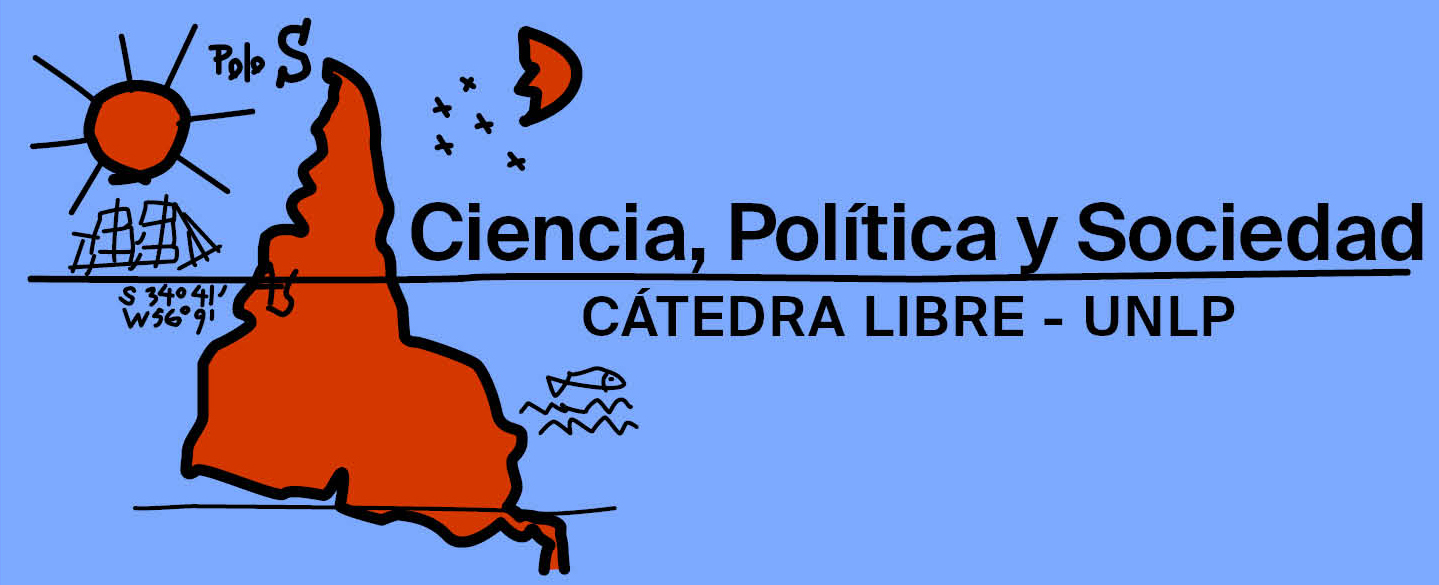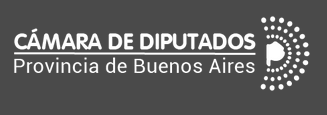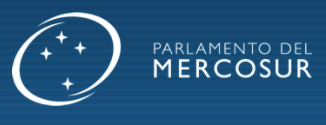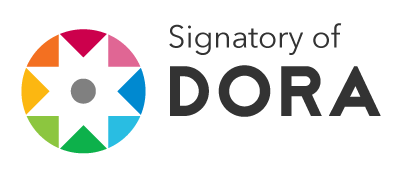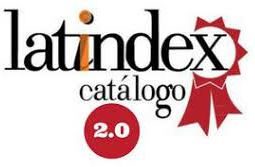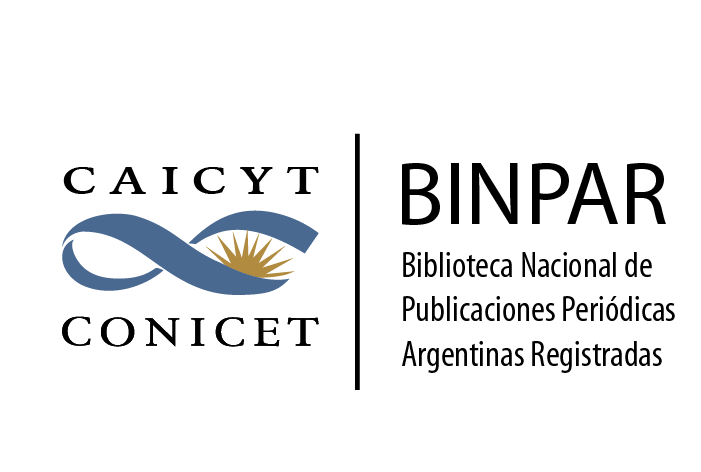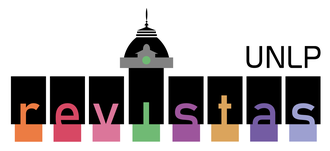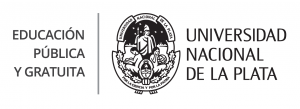Mission-orientedpolicies in semi-peripheralcountries: The case of Argentina
DOI:
https://doi.org/10.24215/26183188e111Keywords:
economic development, mission-oriented policies, state planningAbstract
This paper discusses the European reformulation of the Mission-Oriented Policies (MOP) approach and its application in peripheral and semi-peripheral countries. Through a comparative analysis of MOP implemented in Argentina, the limitations of this approach in non-central countries are identified. Result sindicate that certain characteristics linked to productive structures, state planning capacities and the geopolitical and industrial position in gof these countries do not seem to be compatible with the Eurocentric approach of these policies. It is concluded that MOP implementation in the region should be done from a situated perspective that takes in to account the institutional, productive and technological characteristics of the periphery and semi-periphery.
Downloads
Metrics
References
Aho, E., Cornu, J., Georghiou, L. y Subira, A. (2006). Creating an innovative Europe: Report of the independent expert group on R&D and innovation appointed following the Hampton Court Summit. Luke Georghiou, Rapporteur, 1, 1-25.
Carrizo, E. (2019). Políticas orientadas a misiones, ¿son posibles en la Argentina? Ciencia, Tecnología y Política, 2(3), e027. https://doi.org/10.24215/26183188e027
Cianci, L. y Villadeamigo, J. (2023). ¿Crecimiento desequilibrado sin Hirschman? Las ‘políticas orientadas por misiones’ y su olvido de la periferia. Revista de Ciencias Sociales. 29(3), 531-544.
Cúneo, D. M. (2022). Un análisis sobre el carácter sistémico y selectivo de los instrumentos del Fondo Argentino Sectorial desde el enfoque de policy mix. Ciencia, Docencia y Tecnología, 33(66). https://doi.org/10.33255/3366/1302
Cúneo, D. M. (2024). La planificación estatal de grandes programas tecnológicos desde la semiperiferia: los proyectos CAREM y ARSAT. Realidad Económica, 54(363), 89-120.
Enríquez, S. (2023) La modularización como una estrategia (política) de gestión de la nanotecnología. En M. Berger, T. Carrozza y G. L. Bailo (Comp.), NANOTECNOLOGÍA y Sociedad en Argentina (Vol. 2, pp. 99-128). UNC Innovación y Vinculación.
Giri, L. y Lawler, D. (2022). Política Orientada por Misión: ¿un instrumento viable para las políticas científicas, tecnológicas y de innovación para la Argentina? Redes. Revista de Estudios Sociales de la Ciencia y la Tecnología, 27(53), 18. https://doi.org/10.48160/18517072re53.171
Hurtado, D., Bianchi, M. y Lawler, D. (2017). Tecnología, políticas de Estado y modelo de país: el caso ARSAT, los satélites geoestacionarios versus “los cielos abiertos”. Epistemología e Historia de la Ciencia, 2(1), 48–71.
Lavarello, P., Minervini, M., Robert, V. y Vázquez, D. (2020). Las políticas orientadas por misiones: El debate en los países centrales y su aplicación en el contexto de países en desarrollo. En D. Suárez, A. Erbes y F. Barletta (Eds.), Teoría de la innovación: evolución, tendencias y desafíos. Herramientas conceptuales para la enseñanza y el aprendizaje. Ediciones UNGS.
López, A., Pascuini, P. D. y Ramos, A. (2017). Al infinito y más allá: una exploración sobre la economía espacial en Argentina. Documento de Trabajos del Instituto Interdisciplinario de Economía Política, (17).
Mazzucato, M. (2018). Mission-oriented innovation policies: Challenges and opportunities. Industrial and Corporate Change, 27(5), 803–815. https://doi.org/10.1093/icc/dty034
Mazzucato, M. (2021). Mission economy: A moonshot guide to changing Capitalism. Allen Land.
Mazzucato, M. (2023). Transformational change in LatinAmerica and the Caribbean: A mission-oriented approach. United Nations.
Mazzucato, M., Andreoni, A. y Conway, R. (2021). Mission-oriented innovation in the USA: Shaping markets toward grand challenges: A new industrial policy frontier. UCL Institute for Innovation and Public Purpose.
Mazzucato, M., Kattel, R. y Ryan-Collins, J. (2020). Challenge-driven innovation policy: Towards a new policy toolkit. Journal of Industry, Competition and Trade, 20(2), 421–437. https://doi.org/10.1007/s10842-019-00329-w
Mazzucato, M. y Penna, C. C. R. (2016). The Brazilian innovation system: A mission-oriented policy proposal. Centro de Gestão e Estudos Estratégicos (CGEE).
Moncaut, N. y Robert, V. (2020). Develando la importancia de la demanda y las misiones en la vinculación efectiva universidad-empresa. Casos de estudio con participación de la UNSAM en el contexto de la pandemia COVID-19. Documentos de Investigación del EIDAES, Nro. 1 de 2022. UNSAM.
Mowery, D. C. (2012). Defense-related R&D as a model for “Grand Challenges” technology policies. Research Policy, 41(10), 1703–1715. https://doi.org/10.1016/j.respol.2012.03.027
Rabadjieva, M. y Terstriep, J. (2020). Ambition meets reality: Mission-oriented innovation policy as a driver for participative governance. Sustainability, 13(1), 231. https://doi.org/10.3390/su13010231
Sarthou, N. y Loray. R. (2021) Estratégico, prioritario u orientado a misiones: qué aporta la literatura a la orientación de las políticas en ciencia, tecnología e innovación en argentina. En S. Colombo (Comp.), Ciencia, tecnología y relaciones internacionales: visibilizar la simbiosis (pp. 74-106). UNICEN.
Soete, L. y Arundel, A. (1995) European innovation policy for environmentally sustainable development: Application of a systems model of technical change. Journal of European Public Policy, 2(2), 285-315. http://dx.doi.org/10.1080/13501769508406986
Surtayeva, S. (2021). Política tecnológica en Argentina: los Fondos Argentinos Sectoriales en el caso de la nanotecnología. Revista Hipertextos, 9(15), 157-181. https://doi.org/10.24215/23143924e033
Verre, V. y Milesi, D. (2020). La importancia de la política de CTI: el rol del FONARSEC en la respuesta argentina al COVID-19. [Dosier #5]. CIECTI.
Wanzenböck, I., Wesseling, J. H., Frenken, K., Hekkert, M. P. y Weber, K. M. (2020). A framework for mission-oriented innovation policy: Alternative pathways through the problem–solution space. Science and Public Policy, 47(4), 474-489. https://doi.org/10.1093/scipol/scaa027
Published
How to Cite
Issue
Section
License
Copyright (c) 2024 Diego Martín Cúneo

This work is licensed under a Creative Commons Attribution-NonCommercial-ShareAlike 4.0 International License.
The authors whose texts are published in this Journal surrender their ownership rights in favour of the editor in a non exclusive manner, i.e. the authors can enter into other independent and additional contracts to publish their text, e.g. including it in an institutional repository, thematic or otherwise, publish it in a book, or others, as long as it is overtly stated that the work was first published in this Journal.
The responsibility for each published paper as regards its content relies exclusively on its authors, holding the editors harmless for any legal liabilities.
The texts of the Journal shall be published under the Creative Commons 4.0 BY-NC-SA license. Therefore, the editors are free to:
1) Share, copy and redistribute the material using any means or format.
2) Adapt, remix, transform and create from the material, under the following conditions:
a) Attribution — credit to this work must be given in an appropriate manner, providing a link to the license and indicating if changes have been made.
b) Non-Commercial Use — no use may be made of the published material for commercial purposes.
c) Share Equal — Authors remixing, transforming or creating from the material must distribute their contribution under the same license as the original.

